Pool “toys” that will help you swim faster
They aren't just toys! Explaining swim equipment and how it will help you to faster swim splits this summer
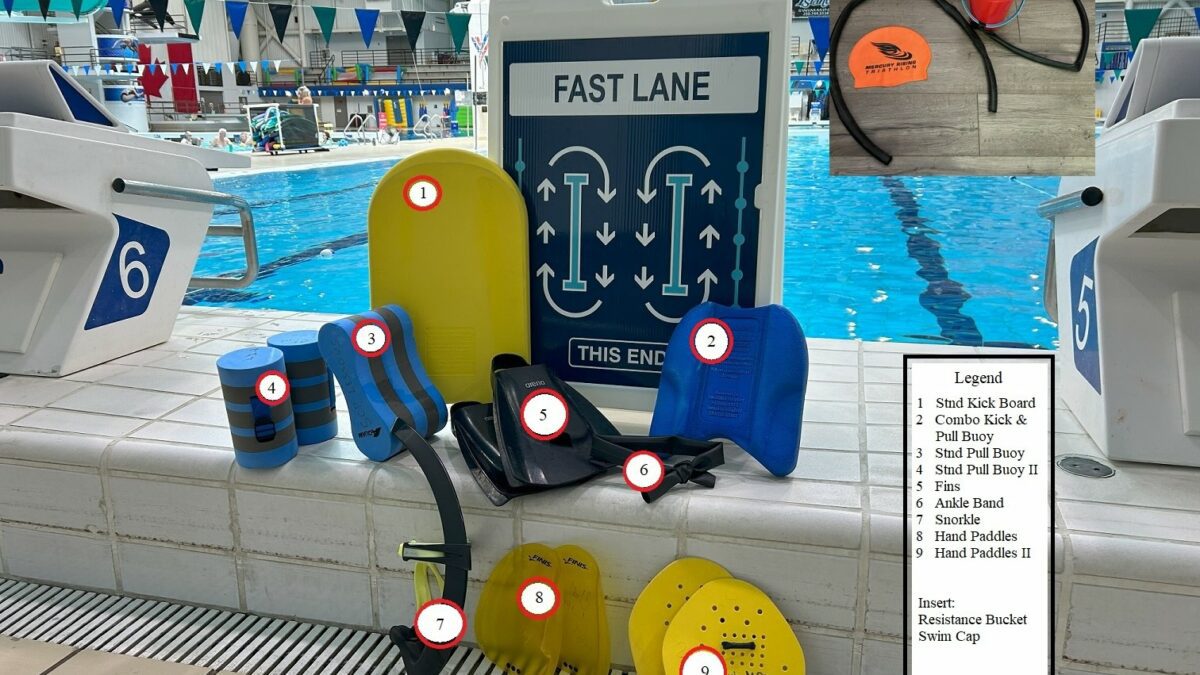 Photo by:
Clint Lien
Photo by:
Clint Lien
Triathletes love their toys, and that’s most apparent any time you seem them hit the pool. There are lots of good reasons to use all that equipment, though.
Before we get to the specific equipment, it’s worth pointing out why we use gear for swimming in the first place:
- To isolate variables and allow greater focus on specific elements of the stroke
- To build strength in targeted areas
- To give some reprieve where needed
- To add fun to your swim!
Here’s a breakdown of what is worth adding to your swimming repertoire.
Kick board
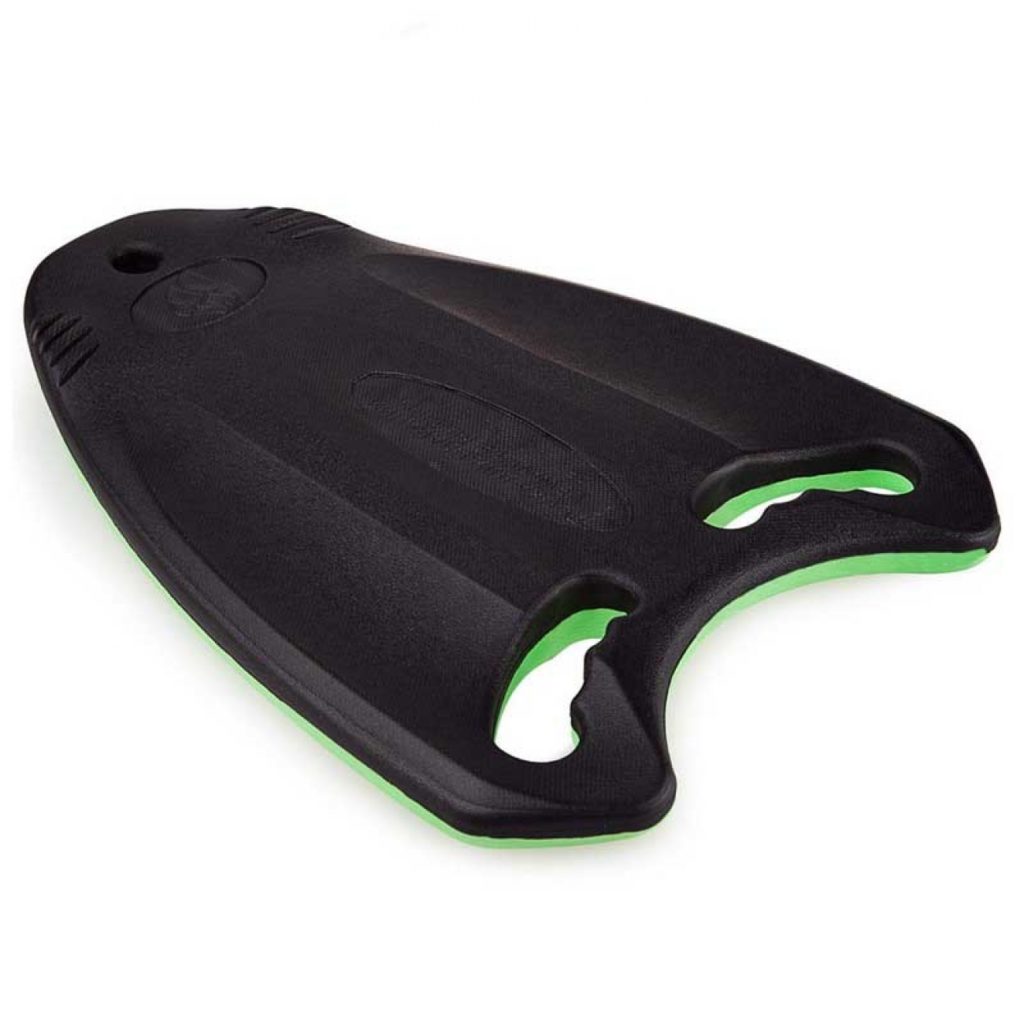
Previously, when I’ve written about the need for a strong kick in triathlon, I’ve received some interesting “feedback” from a few readers. The issue was they’d been told by different coaches that the opposite was true – they did not need a strong kick for triathlon.
Let me clarify – kicking strengthens your legs – almost every muscle, ligament and micro piece of connective tissue from the waist down. It does this in a non-impactful way. This is a good thing for a sport that is known for producing injuries in that area.
While it’s true that you don’t want to put too much emphasis on your kick while racing a multi-sport event (to save those legs for the swim and the bike), you want a strong kick so the amount of kick you do engage is effective and doesn’t take too much out of you. To have that kind of kick, you need to work on it when you’re not racing. And a kick board is the best piece of gear to use.
I like smaller kick boards – junior sized or, better yet, the ones that can also be used as a pull buoy. The smaller boards don’t prop your front up so much – thus promoting that long, level body position we’re always striving for. I like using a snorkel with a kick board to further promote a level position in the water.
Pull Buoys
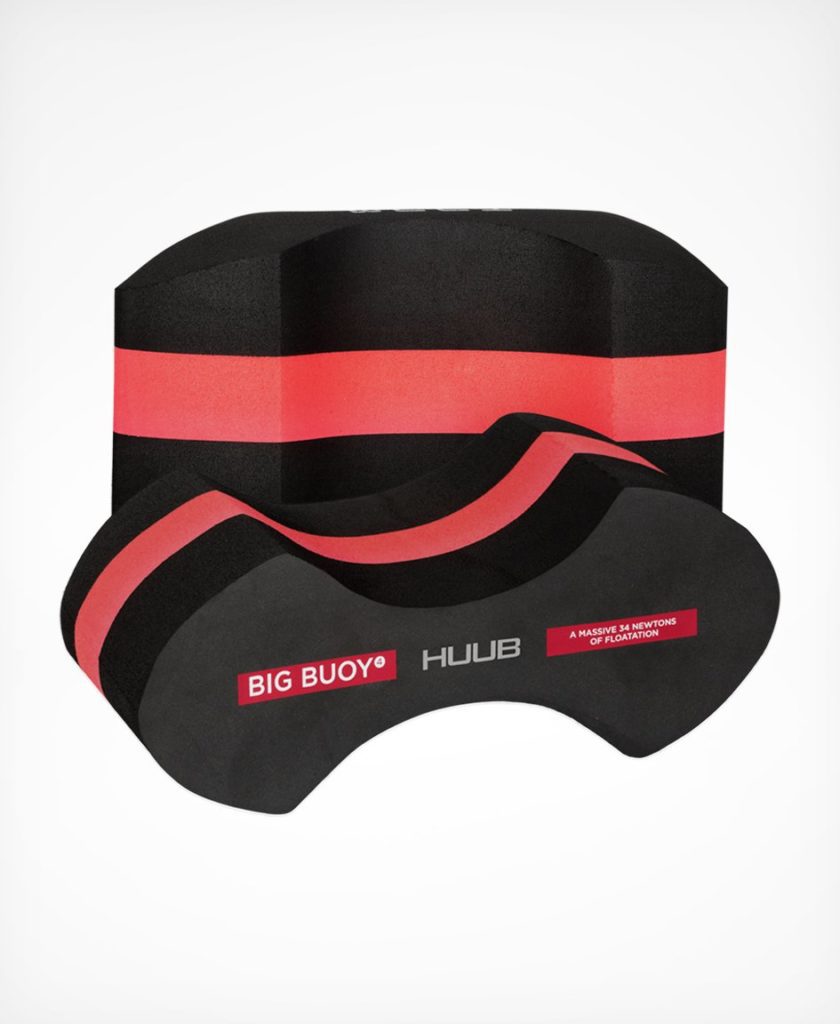
Some folks swim faster with them. For others they serve as an anchor. But everyone should do a healthy amount of pull swimming. You have to find a set of pull buoys that fits your body type, but I like the ones that work as a kick board as well. There’s not as much flotation in them, but that’s mostly a good thing. The basic rule of thumb is that if you swim better with a pull buoy, there’s a good chance that your hips are sinking, and your kick is not as effective as should be. The primary reason for using a pull buoy is to isolate your stroke as the only means of propulsion. Remember to maintain a tight core, while keeping your legs as high in the water as possible. Too many people just allow their legs to relax and drag behind them.
Snorkel
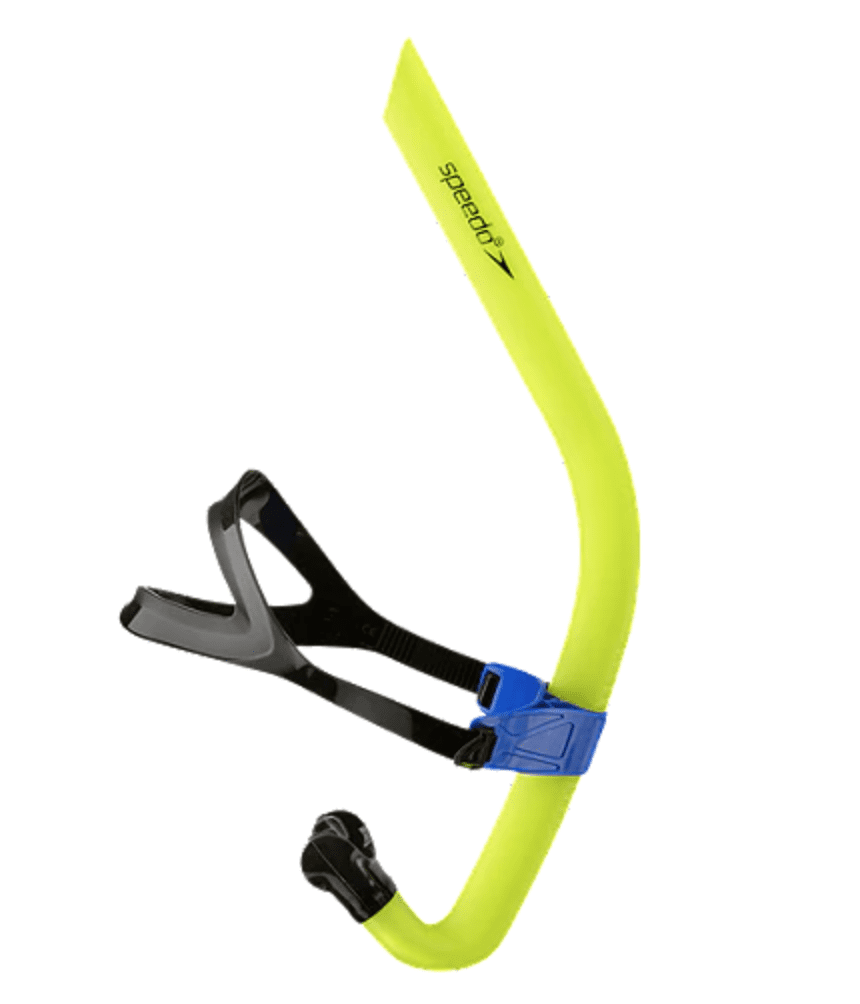
If something is going to go wrong while you’re swimming, it’s likely to happen while you’re turning your head to find air. The snorkel removes that factor and allows you to focus on your position and catch. You can watch your hands as they enter the water and carry through the stroke. Look for that “early vertical catch” many coaches like to talk about and avoid cross over.
Ankle Band
If I’ve said it once, I’ve said it a thousand times, “If you can swim with band only, then you can swim.” The inverse is also true. The ankle band is good with the pull buoy, but it’s great without it. It forces you to engage that core and get those hips up. It’s a great strength tool as well. Once in a while pair up band swimming with paddles for some extra shoulder work!
Paddles
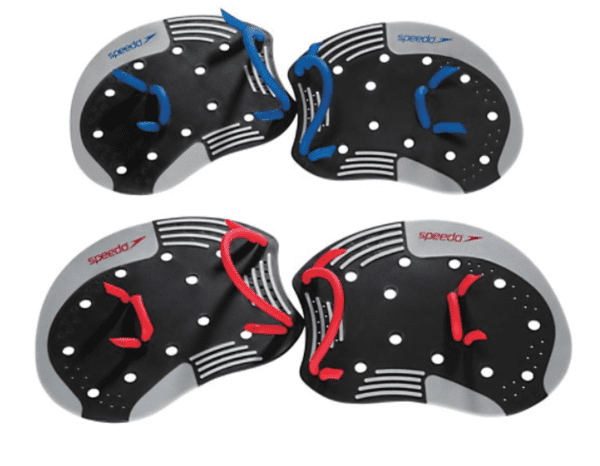
These are the “big ring” of swimming. Toys come and go, but we’ll always use paddles. Paddles increase the load on the shoulders and increase the “feel” that informs a good stroke. Paddles are personal. There are literally hundreds of styles and sizes. I like to see swimmers with three sets – small, medium and large. Rotate through them to get stronger. If you’re nervous about the load on your shoulders, consider finger paddles. They help with “feel” while putting minimal extra load on your shoulders.
Fins
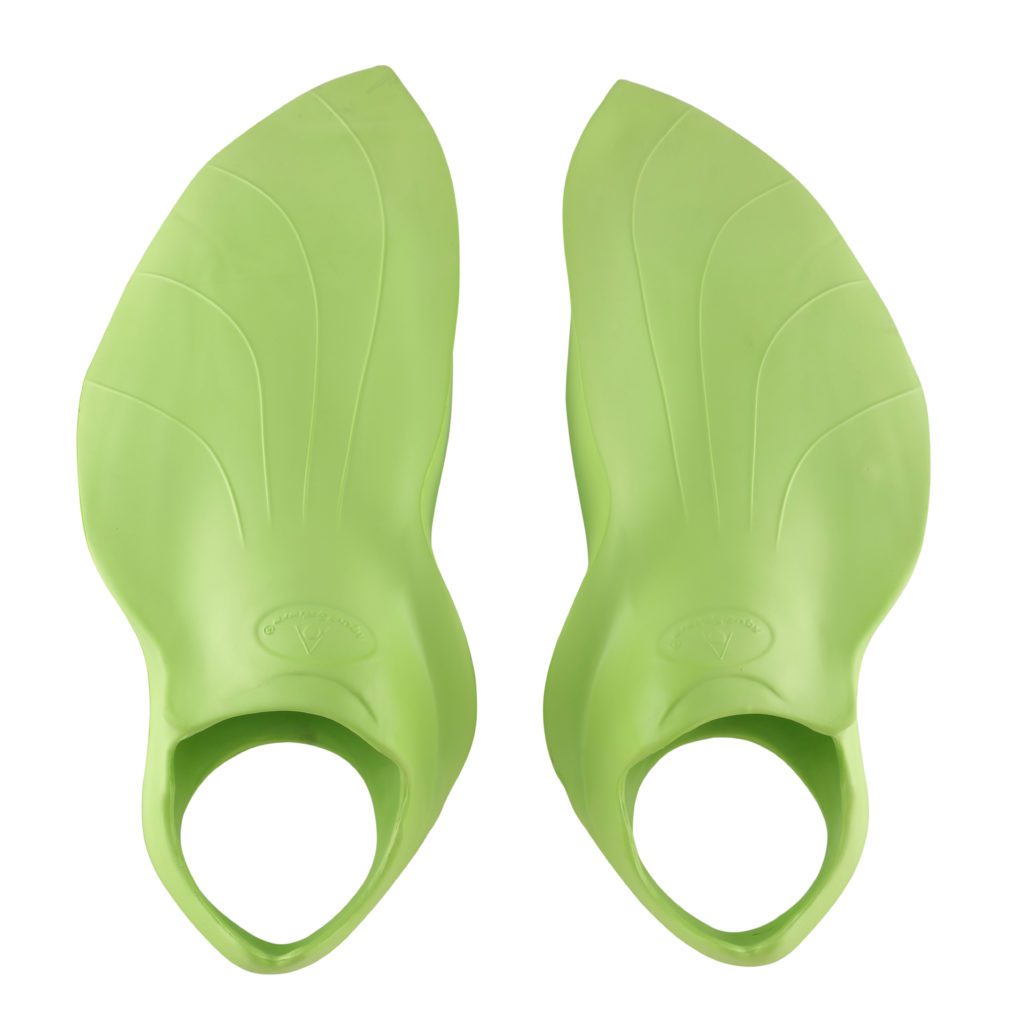
Another “big ring” piece of gear, fins increase the load on the quads. They are also great for ankle flexibility and for helping with those annoying drills where you feel like you’re halfway to the bottom of the pool before you’re able to find any acceleration. Fins, like paddles, are personal. Just make sure they’re comfortable. And, if your shoulders need a break, then fins will give it to them!
Gear seems to come and go but there are a few items that have shown up in the last decade (or two) and seem to be sticking around. They are:
Core Pants: Basically these are a pair of shorts (or pants) made of thick neoprene. These pants (sometimes referred to as “cheater pants”) are game changers for some and can become quite addictive. I swim four to six seconds faster every 100 m because the flotation of them brings my hips up. It’s like swimming with a pull buoy, but you’re able to kick. While it can duplicate the feel of a wetsuit, these flotation pants can become a crutch and prevent you from dealing with your poor body position naturally. Use them sparingly for better long-term results.
Parachute: Olympic gold medalist Simon Whitfield once said to me, “If you want to get faster in the pool – drag stuff.” Parachutes put a load on every muscle you’re using to propel yourself through the water, but they also have the benefit of highlighting dead spots in your stroke. It’s like driving a car with the brake on – as soon as you let up on the gas, the car stops. The parachute shows you where you’re not getting any pull through the water. I make my own parachutes with a child’s beach bucket and punctured inner tubes.
Toys in the pool serve a multitude of purposes. They can improve your stroke, build your strength, give you a rest and add fun while using them. What toys are in your swim bag?
Clint Lien is the head coach of Victoria’s Mercury Rising Triathlon www.mercuryrisingtriathlon.com
This story originally appeared in the 2024 Triathlon Magazine Buyer’s Guide
